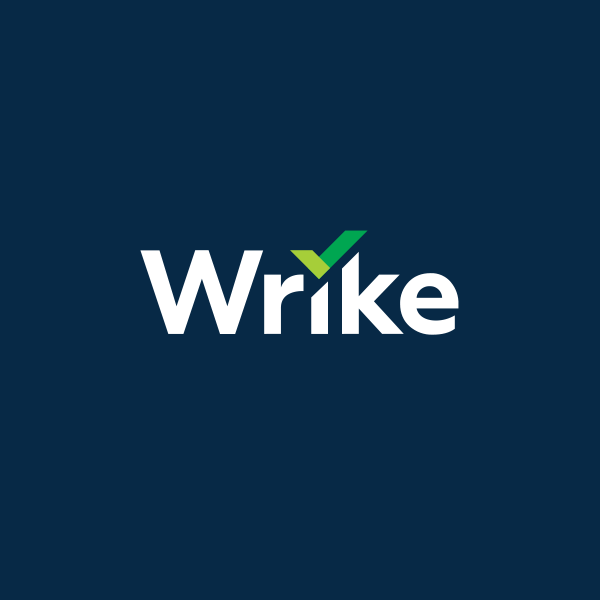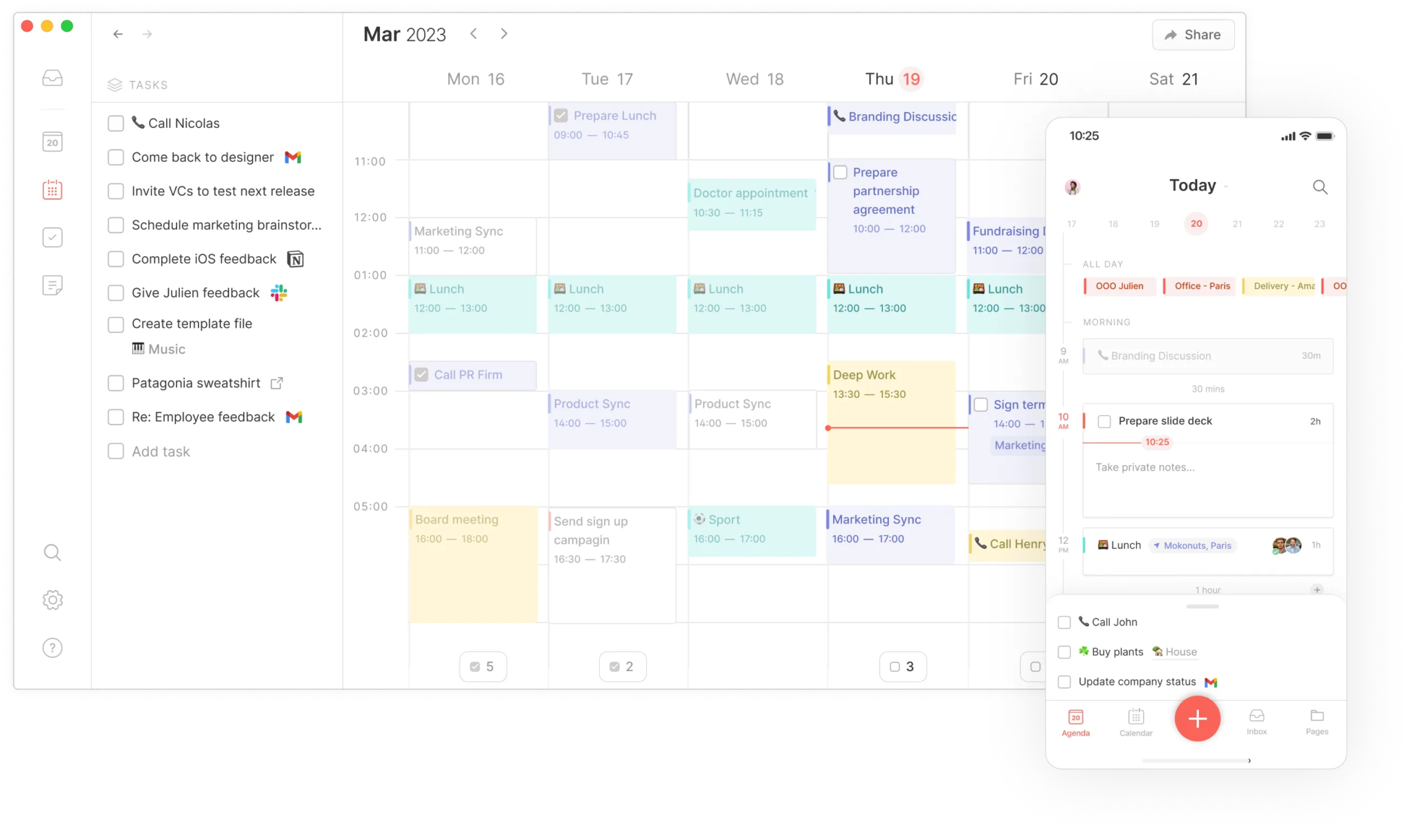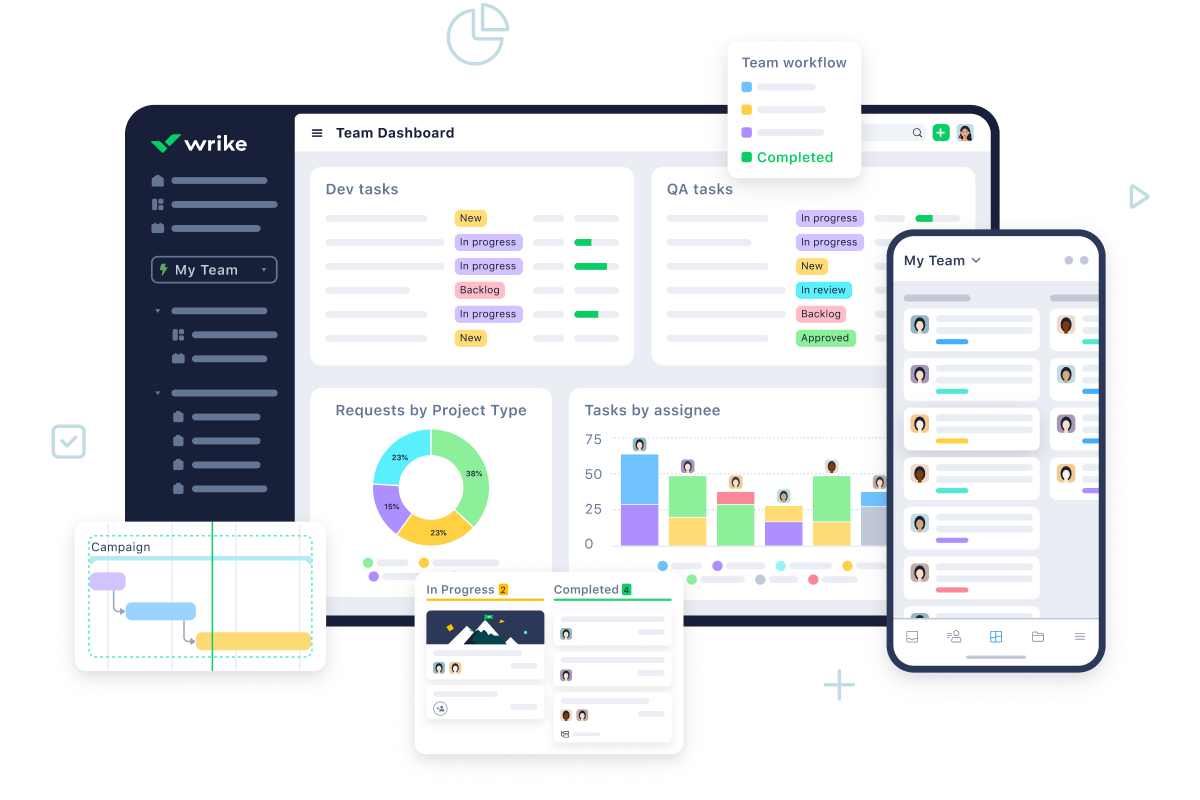Back to all comparisons
Routine vs Wrike
Comprehensive comparison to help you choose the right tool for your needs

Routine
4.6
Routine is a productivity app combining tasks, notes, and calendar into a single interface. It's designed to simplify task management and note-taking, offering a streamlined approach to organizing daily activities.
$12 per month, annually
Visit Website 
Wrike
4.5
Wrike is a comprehensive project management tool offering workflow automation, data visualization, and collaboration features for teams.
Free, Professional at $9.80/user, Business at $24.80/user, and Enterprise. Each varies by features and team size
Visit Website Quick Summary
Routine Strengths
- Timeline Agenda: Offers a detailed view of the day's plan with timestamps, including meeting and event reminders, with options to time-block tasks.
- Week Calendar: Provides a 5-day, week, and month view for task planning, integrating seamlessly with Google Calendar.
- Console Capture: A desktop feature for capturing events, notes, and tasks outside the application, ideal for GTD enthusiasts.
- Centralized Workspace: Combines tasks, notes, and calendar in one space.
Wrike Strengths
- Interactive Gantt Charts: Wrike's Gantt charts allow users to visualize project timelines and dependencies. This feature helps in planning and adjusting schedules with simple drag-and-drop adjustments, facilitating easy management of complex project timelines.
- Real Time Collaboration: Teams can collaborate in real time, with updates and communications happening instantly across the platform. This ensures that all team members are on the same page and can react quickly to changes or updates.
- Customizable Dashboards: Wrike offers fully customizable dashboards that give users control over what data they see and how it's presented. This helps in tracking the most relevant project metrics and individual tasks, tailoring the view to meet specific needs or roles within a team.
- Integrated Resource Management: The software includes tools for resource allocation and management, allowing managers to oversee team workloads, plan capacity, and distribute tasks efficiently to avoid overloading employees.
Routine Screenshot

Wrike Screenshot

Feature Comparison
| Feature | Routine | Wrike |
|---|---|---|
| Platforms | macOS, Windows, iOS, Android, Web | Yes |
| Integrations | Syncs with multiple calendar services and task managers like Todoist and Google Tasks. | Salesforce, Microsoft Teams, Google Drive, Slack, Adobe Creative Cloud, and Zoom |
| Calendar | Google Calendar, Notion, Slack, Zapier, Siri, Gmail | Yes |
| Task Management | No | Task Creation and Updating, Multiple Viewing Options, Time Tracking, Templates, Comprehensive Task Reports, Task history logging, File Uploads and Sharing capabilities |
| Natural Language Processing | Offers task creation with date assignment via drag-and-drop | No |
| Analytics | No | Yes |
| Time Blocking | Available | Yes |
| Time Zones | Yes | Yes |
| Scheduler | No | Yes |
| Notifications | Yes | Yes |
| Pricing | $12 per month, annually | Free, Professional at $9.80/user, Business at $24.80/user, and Enterprise. Each varies by features and team size |
| Customer Support | Average | Good |
Video Overview
Routine Video
Wrike Video
Routine Overview
Routine is a productivity tool that sets itself apart with its all-in-one approach, combining elements of task management, note-taking, and calendar integration into a single platform. Designed to cater to the needs of busy professionals and individuals seeking to streamline their organizational process, Routine offers a comprehensive solution for managing daily tasks, appointments, and notes. Its unique selling point is the integration of these features within an intuitive and user-friendly interface, making it easier for users to track their to-dos, schedule their days, and store important information in one place. This level of integration is particularly useful for those who prefer a unified system to manage various aspects of their work and personal life.
Pricing Details
(i) Free Version: Available for students and hobbyists, though with limited features. (ii) Professional Plan: Priced at $12 per month. (iii) Business Plan: Costs $15 per user per month. (iv) Believer Plan: Priced at $10 monthly or $8 per month for an annual commitment, totaling around $96 annually
Wrike Overview
Wrike is a project management software designed to help teams manage their workspace and projects more efficiently. It offers a traditional interface with a wide range of functionalities including tables, boards, Gantt charts, and templates for collaboration across remote, hybrid, and in-person teams. Wrike supports various types of file proofing and integrates well with other tools like Miro, Microsoft Teams, and Slack. It is particularly popular among marketing and sales teams for its resource management and time logging features.
Pricing Details
Wrike offers several pricing plans based on the size and needs of teams. Here's a brief overview: (i) Free Plan: Designed for teams just starting out, offering basic project management features with limitations on active tasks. (ii) Professional Plan: Costs $9.80 per user/month, suitable for teams of 2-25 users, offering unlimited projects, tasks, and 2 GB of storage per user. (iii) Business Plan: Priced at $24.80 per user/month, tailored for larger teams, it includes comprehensive project management tools, automation, approvals, and 5 GB of storage per user. (iv) Enterprise Plan: For large teams needing enterprise-grade security and scalability, with pricing available upon contact. It includes advanced security features, automation, and 10 GB of storage per user. (v) Pinnacle Plan: Aimed at teams with complex work needs, offering advanced analytics, 15 GB of storage per user, and premium features, with pricing available upon request.
Routine Key Features
Timeline Agenda: Offers a detailed view of the day's plan with timestamps, including meeting and event reminders, with options to time-block tasks.
Week Calendar: Provides a 5-day, week, and month view for task planning, integrating seamlessly with Google Calendar.
Console Capture: A desktop feature for capturing events, notes, and tasks outside the application, ideal for GTD enthusiasts.
Centralized Workspace: Combines tasks, notes, and calendar in one space.
Organization: Utilizes categories and tags for better event and task management.
Daily Plan: Helps in crafting focused daily tasks and important events.
Wrike Key Features
Interactive Gantt Charts: Wrike's Gantt charts allow users to visualize project timelines and dependencies. This feature helps in planning and adjusting schedules with simple drag-and-drop adjustments, facilitating easy management of complex project timelines.
Real Time Collaboration: Teams can collaborate in real time, with updates and communications happening instantly across the platform. This ensures that all team members are on the same page and can react quickly to changes or updates.
Customizable Dashboards: Wrike offers fully customizable dashboards that give users control over what data they see and how it's presented. This helps in tracking the most relevant project metrics and individual tasks, tailoring the view to meet specific needs or roles within a team.
Integrated Resource Management: The software includes tools for resource allocation and management, allowing managers to oversee team workloads, plan capacity, and distribute tasks efficiently to avoid overloading employees.
Advanced Security Features: Wrike provides robust security measures, including role-based access control, to ensure that sensitive project data is protected and only accessible to authorized personnel.
Automation Tools: With Wrike, repetitive tasks can be automated using custom workflows, which saves time and reduces the potential for human error. This feature supports a smoother project flow and improves overall efficiency.
Conclusion: Which Tool Should You Choose?
Both Routine and Wrike offer unique features and benefits for productivity and workflow management. The best choice depends on your specific needs, team size, and workflow preferences.
Choose Routine if:
- Timeline Agenda: Offers a detailed view of the day's plan with timestamps, including meeting and event reminders, with options to time-block tasks.
- Week Calendar: Provides a 5-day, week, and month view for task planning, integrating seamlessly with Google Calendar.
- Console Capture: A desktop feature for capturing events, notes, and tasks outside the application, ideal for GTD enthusiasts.
Choose Wrike if:
- Interactive Gantt Charts: Wrike's Gantt charts allow users to visualize project timelines and dependencies. This feature helps in planning and adjusting schedules with simple drag-and-drop adjustments, facilitating easy management of complex project timelines.
- Real Time Collaboration: Teams can collaborate in real time, with updates and communications happening instantly across the platform. This ensures that all team members are on the same page and can react quickly to changes or updates.
- Customizable Dashboards: Wrike offers fully customizable dashboards that give users control over what data they see and how it's presented. This helps in tracking the most relevant project metrics and individual tasks, tailoring the view to meet specific needs or roles within a team.